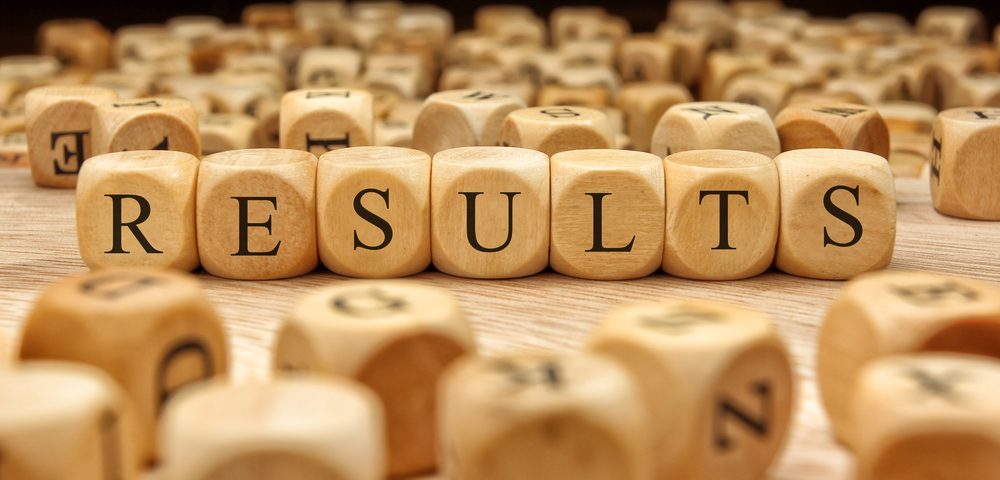Dose-adjusted EPOCH — in combination with rituximab — shows promising results as a first-line therapy for hemophagocytic lymphohistiocytosis (HLH) in people with B-cell non-Hodgkin’s lymphoma (NHL), a Phase 2 trial shows.
The study’s results, “Dose-Adjusted EPOCH Regimen As First-Line Treatment For Non-Hodgkin’s Lymphoma-Associated Hemophagocytic Lymphohistiocytosis: A Single-Arm, Open-Label, Phase 2 Trial,” were published in the journal Haematologica.
HLH is caused by an immune system gone awry, in which the cells of the immune system produce too many inflammatory molecules — called cytokines — that lead to organ failure. HLH can be divided into two types: primary HLH, an inherited condition caused by a genetic mutation, or secondary HLH, when it is the result of an underlying illness.
Non-Hodgkin’s lymphoma, a cancer that originates in malignant lymphocytes, or immune cells, is the most common cause of secondary HLH. NHL is generally divided into two main types based on whether it starts in B lymphocytes (B-cells) or T lymphocytes (T-cells).
Dose-adjusted EPOCH — etoposide, prednisone, vincristine, cyclophosphamide, and doxorubicin — is an effective combo therapy for patients with aggressive NHL. Given that, researchers had theorized it also may have therapeutic potential for individuals with NHL-associated HLH.
The Phase 2 trial (NCT01818908), conducted in China, evaluated the efficacy and safety of dose-adjusted EPOCH in combination with rituximab (EPOCH-R) in 55 people with NHL-associated HLH. Among the patients in the study, 26 had B-cell NHL and 29 had T-cell NHL.
Participants were given six cycles of dose-adjusted EPOCH-R. Those who achieved a good response had the possibility of undergoing blood stem cell transplant. For those with B-cell NHL, the transplant was done using the patients’ own blood stem cells, called autologous stem cell transplant or ASCT. Patients with T-cell NHL received cells from donors, known as an allogeneic stem cell transplant.
Preventive (prophylactic) treatment with methotrexate, cytarabine, and dexamethasone was administered to prevent side effects in the central nervous system, which is the brain and spinal cord.
B-cell NHL patients completed a median of six cycles of treatment, while those with T-cell NHL completed a median of two cycles.
At the end of six cycles, 21 of the 26 B-cell NHL patients responded to the combo therapy, corresponding to an 80.7% overall response rate. From these, 12 received ASCT.
Five-year follow-up results showed that more than half of the B-cell NHL patients (56.7%) lived without the disease progressing, and 73.1% survived.
The 12 patients who received ASCT were alive, and responding to the treatment. Among those without transplant, only 29.6% were free of disease progression, and 66.7% survived.
Scoring in the International Prognostic Index (IPI), a tool used to access NHL prognosis, was a predictive factor in this group, the team found. Patients with an IPI score of 4-5 had the worst prognosis. In addition, age above 60 years was also associated with a poorer prognosis.
In the T-cell NHL group, the response rate after DA-EPOCH-R treatment was 13.8% — 4 patients of 29. Only one patient who achieved complete response after 6 cycles and underwent a blood transplant was alive at the last follow-up. The majority of these patients did not survive past the first year.
Regarding safety, the combo therapy was not linked with cardiac side effects. However, 14.6% of patients developed thrombocytopenia, or low platelet levels, and 43.9% experienced neutropenia, or low neutrophils concentration.
Overall, the findings suggest that dose-adjusted EPOCH-R is a potential first-line therapy for HLH caused by B-cell NHL.
“DA [dose-adjusted]-EPOCH-R regimen as front-line treatment followed by ASCT as consolidation treatment demonstrates a high efficacy and safety for B-NHL patients with HLH,” the researchers said.
However, EPOCH-R failed to improve patient outcomes in those with T-cell NHL-associated HLH, the investigators said.

